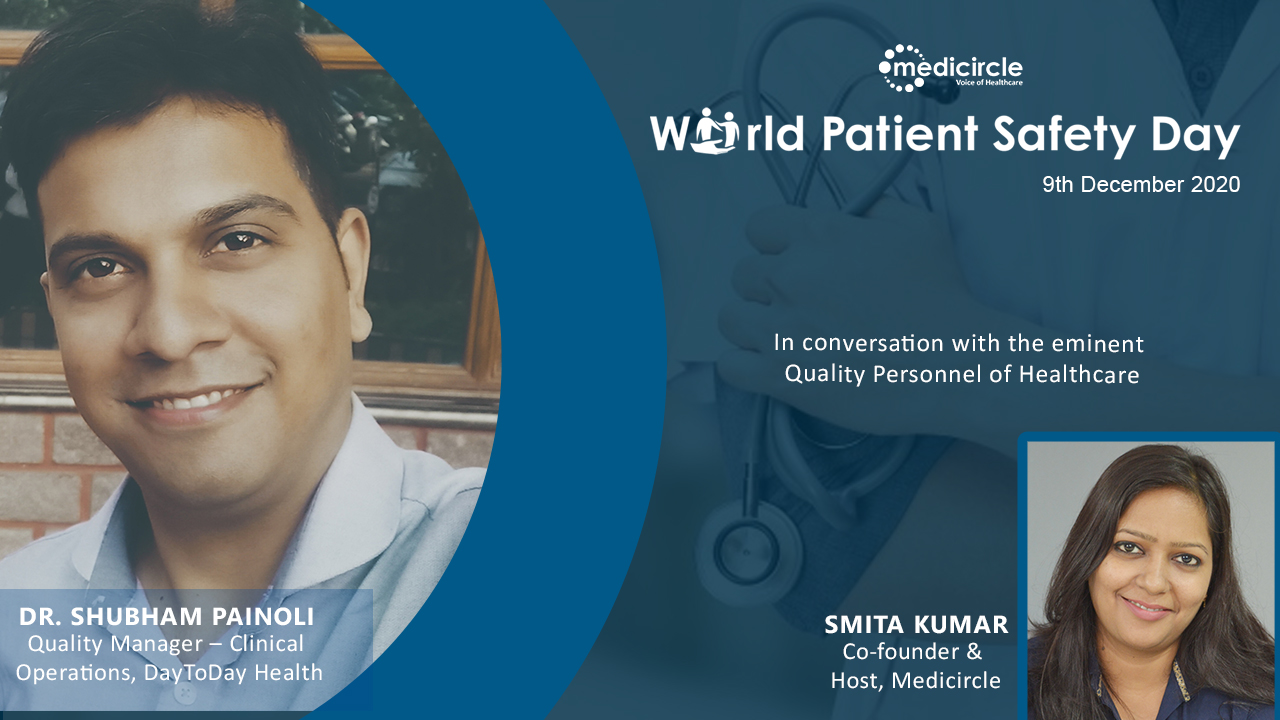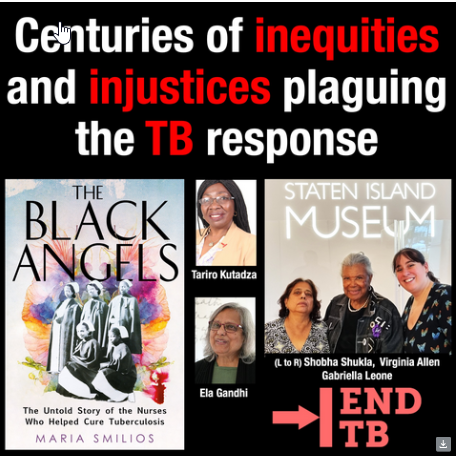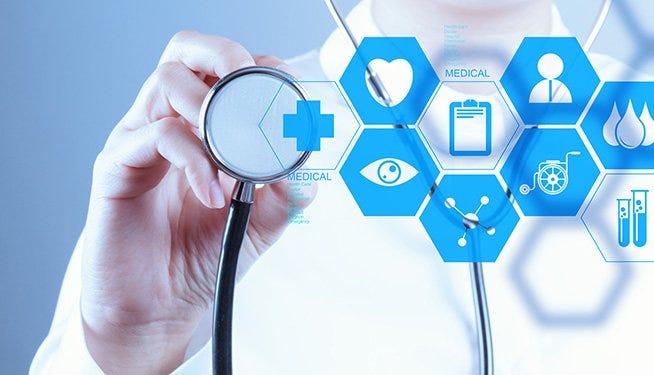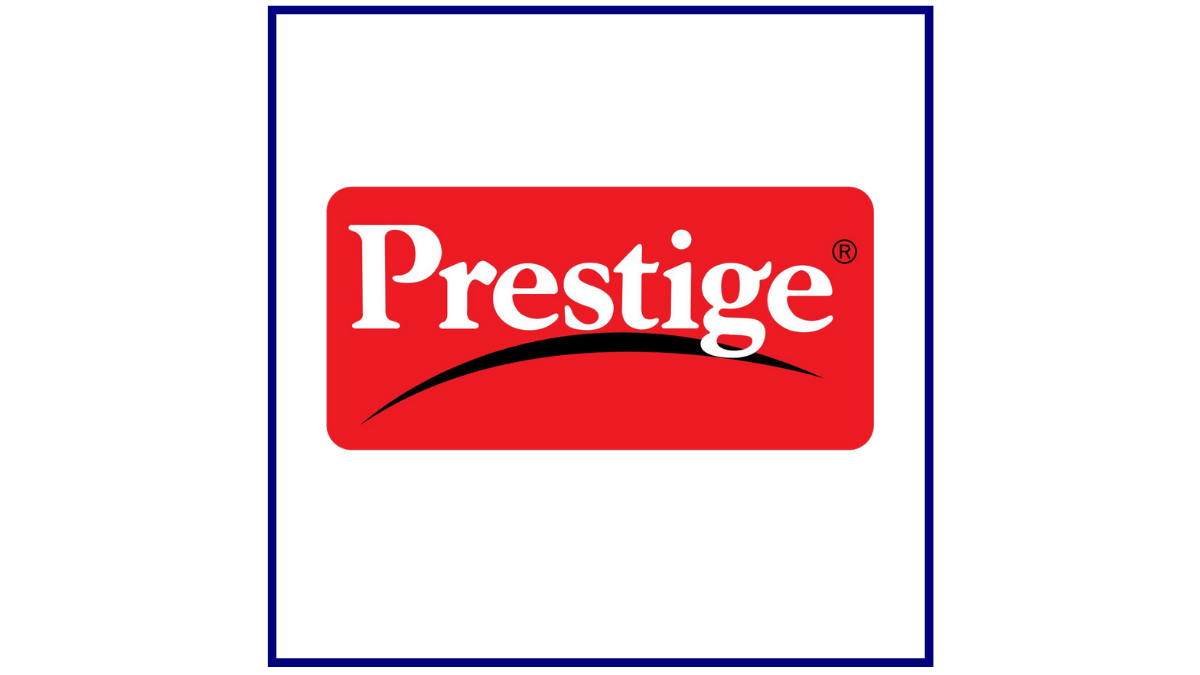Patient safety is the absence of preventable harm to a patient during the process of health care and reduction of risk of unnecessary harm associated with health care to an acceptable minimum.
Dr. Shubham Painoli, Quality Manager – Clinical Operations, DayToDay Health has worked with many reputed Pharmaceutical Companies like Novartis, J&J, EISAI, Mylan and is always looking forward to learn new skills which will be beneficial for the organization.
DayToDay Health provides step-by-step, care journeys for hospitals and healthcare systems to guide patients through treatments and procedures.
Concerns related to Patient safety
Dr. Shubham shares his thoughts, “Patient safety is a global issue which has now become a priority as the world is changing. So it will remain a global issue with or without COVID. Around 10% of people who receive health care in industrialized countries will suffer because of preventable harm and adverse events (Reference 1-5). Some other studies suggest that the figure will be significantly higher. Recent WHO data suggest that developing countries account for around 77% of all reported cases of counterfeit or substandard drugs (reference 6). It is also reported that at least half of all medical equipment in many of these countries is unusable or only partly usable, resulting in an increased risk of harm to patients and health workers (Reference 7). Adverse events happen in all healthcare settings as a routine activity especially newly started health care setups. But in spite of that, most of the events reported from the hospitals because risks associated with hospital treatment are higher. Adding to that, physicians’ offices, nursing homes, pharmacies, community clinics, and patients’ homes are also evident places for adverse events. My personal observation is that each and every point in the process, irrespective of the category of healthcare settings, have concerns related to Patient safety and therefore, current industry practices on the safety of patients focus more on deficiencies in system design, organization and operation rather than on individual practitioners or products,” he says.
Implementation of National and international standards in ensuring safety
Dr. Shubham explains, “Safety of the Healthcare workers plays an important role in proper service delivery to the end customer (i.e. patients). Implementation of various National and international standards like ISO 45001:2018 (OH&S), part of NABH, QAI, JCI standards in the different healthcare settings ensure the safety of the Health workers as well as the patients. Just to exemplify, healthcare workers face a wide range of safety issues and hazards on the job, including sharps injuries, harmful exposures to chemicals and hazardous drugs, back injuries, latex allergy, violence, and stress (Reference 8). Not only frontline healthcare workers but also the nonclinical staff can also face safety issues like back pain, fire outbreak, fall, etc. As a part of the implementation of the above-mentioned accreditation standards, Implementation of the proper controls like safety training, awareness on the occupational health and safety, implementation of HICCP (Hazard Identification and critical control points) and risk assessment, availability of proper equipment (sharp containers, HAZMAT kit), proper infrastructure of the facility, fire prevention controls, etc can ensure the safety of our healthcare workers and in turn, safety of the patients. So my contribution on this world safety day is to implement such National and internationally recognized standards for the various organizations so that the Staff, as well as the patient cohort targeted by the company, can get benefit out of this activity,” he says.
Technology - an integral part of medicine
Dr. Shubham shares his views, “Technology has become an integral part of medicine today. The right technology can assist with increased efficiency, improved quality, reduced costs and improved patient safety. There are many examples in the industry which will provide evidence for the implications of technology to improve the patient safety. In the Pharma industry during the drug trials, Clinical research and Pharmacovigilance software has been utilized over the traditional manual method to reduce errors and improve accurate reporting of the adverse drug reaction. Prescribing errors are another common medical error that can potentially lead to serious complications. Electronic prescribing can help reduce prescription errors by allowing clinicians to send prescriptions electronically to the pharmacy. Medical alerts, clinical flags, and reminders are also ways technology can help reduce medication errors and improve patient safety. Many serious medication errors are the result of clinicians not having sufficient information about the patient or drug. Information technology has drastically improved the access to reference information. A large range of drug-reference information is now available for hand-held devices, and clinicians are able to quickly access textbooks, databases, and other medical references online,” he says.
Ensuring patient safety from medical errors
Dr. Shubham elaborates on the subject, “There are few ways through which we can ensure proper patient safety at the healthcare setup which are:
- Use monitoring technology which can help healthcare staff to validate that they’re following the right procedure for the right patient and that they’re keeping on top of each patient’s needs. Example, Bed alarms to notify staff if a patient falls or barcode systems that verify patient medication etc.
- Explain the treatment to the patient in a proper way. Patient safety is a shared responsibility which not only involves the Healthcare professionals but also the patient. This doesn’t mean patients need to have the same knowledge of their situation as a healthcare professional—but a high-level understanding of the treatment and the risks they face can go a long way. By validating that they understand their treatment plan, medications and medical procedures, you’re giving them the tools they need to notice and prevent errors in their own care.
- Verify all medical procedures as a part of routine medical process. Building regular verification processes into hospital procedures helps prevent errors. Document all the steps and create all the necessary matrices to track down the process which take some time in filling but it will will ensure the proper safety.
- One should follow proper hand washing procedures. The Centers for Disease Control and Prevention (CDC) cites hand washing as one of the best ways to stop the spread of germs and prevent infections in hospitals. Healthcare providers can use alcohol-based sanitizer regularly, as well as have open conversations with patients about the importance of hand hygiene. This allows patients to take control of their own health by asking healthcare providers if they have washed their hands when they enter the room,” he says.
References:
- Vincent C, Neale G, Woloshynowych M. Adverse events in British hospitals: preliminary retrospective record review. BMJ 2001;322:517-9.
- Schioler T, Lipesak H, Pedersen BL, Mogensen TS, Bech KB, Stockmarr A, et al. Danish Adverse Event Study. Incidence of adverse events in hospitals: a retrospective study of medical records. Ugeskrift for Laeger 2001;163:5370-8.
- Davis P, Lay-Yee R, Briant R, Ali W, Scott A, Schug S. Adverse events in New Zealand public hospitals. I: Occurrence and impact. New Zealand Medical Journal 2002;115:U268.
- Davis P, Lay-Yee R, Briant R, Ali W, Scott A, Schug S. Adverse events in New Zealand public hospitals. II: Preventability and clinical context. New Zealand Medical Journal 2003;116:U624.
- Baker GR, Norton PG, Flintolf V, Blais R, Brown A, Cox J, et al. The Canadian Adverse Events Study. The incidence of adverse events among hospital patients in Canada. Canadian Medical Association Journal 2004;179:1678-86.
- Progress in essential drugs and medicines policy 1998–1999. Geneva: World Health Organization; 2000. WHO document WHO/EDM/2000.2.
- https://www.cdc.gov/niosh/index.htm
Edited By- Rabia Mistry Mulla

 “Around 10% of people who receive health care in industrialized countries will suffer because of preventable harm and adverse events,†says Dr. Shubham Painoli, Quality Manager – Clinical Operations, DayToDay Health.
“Around 10% of people who receive health care in industrialized countries will suffer because of preventable harm and adverse events,†says Dr. Shubham Painoli, Quality Manager – Clinical Operations, DayToDay Health.










.jpeg)




.jpeg)

.jpg)













